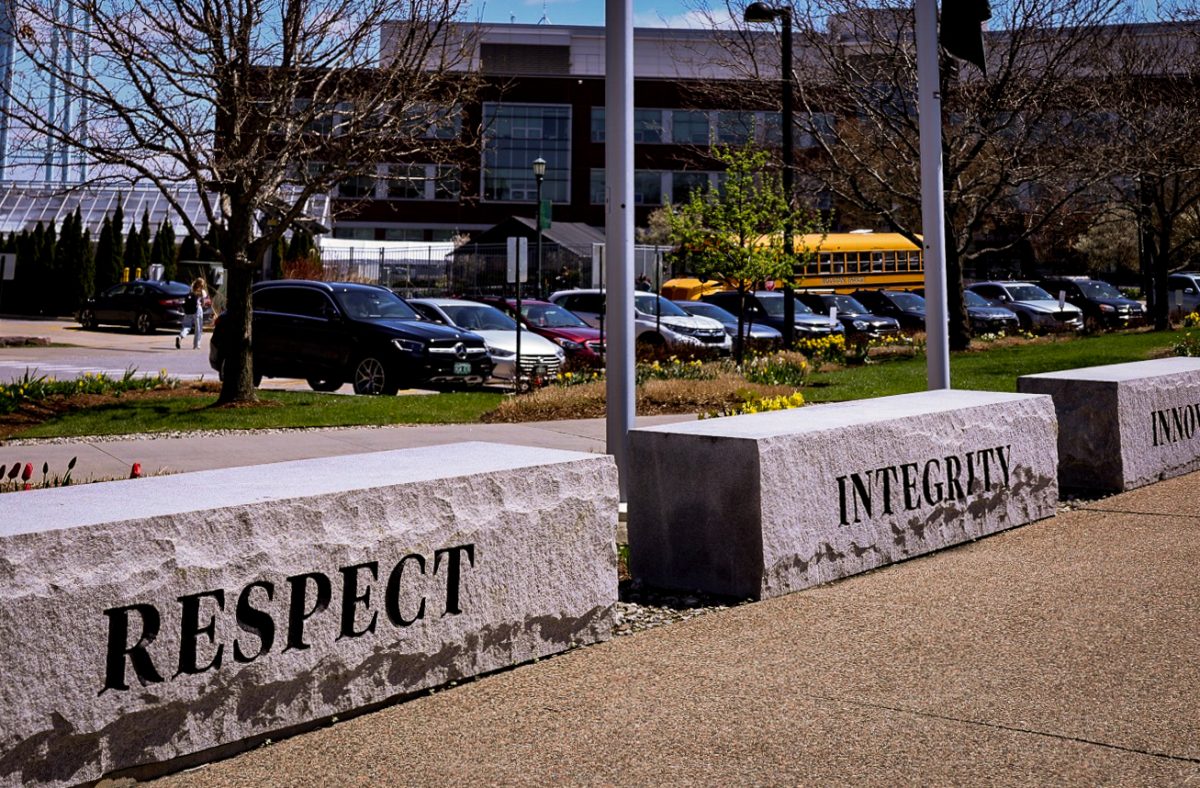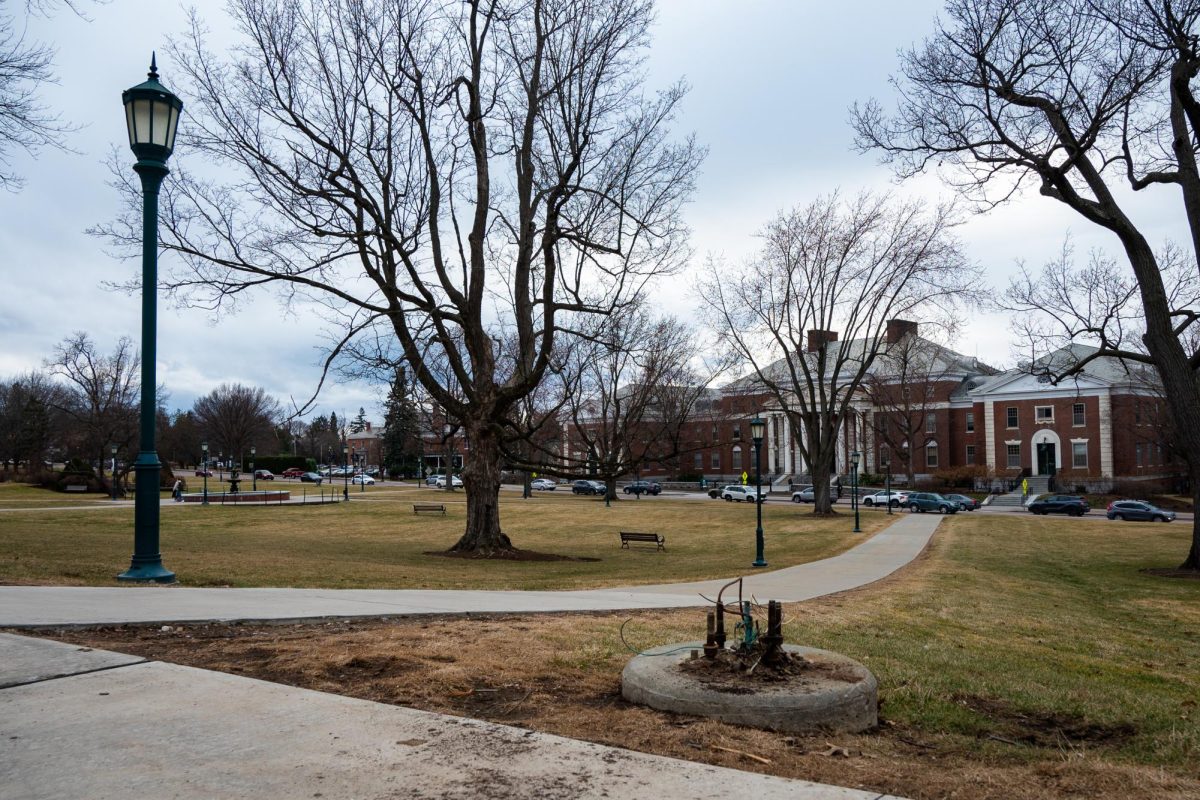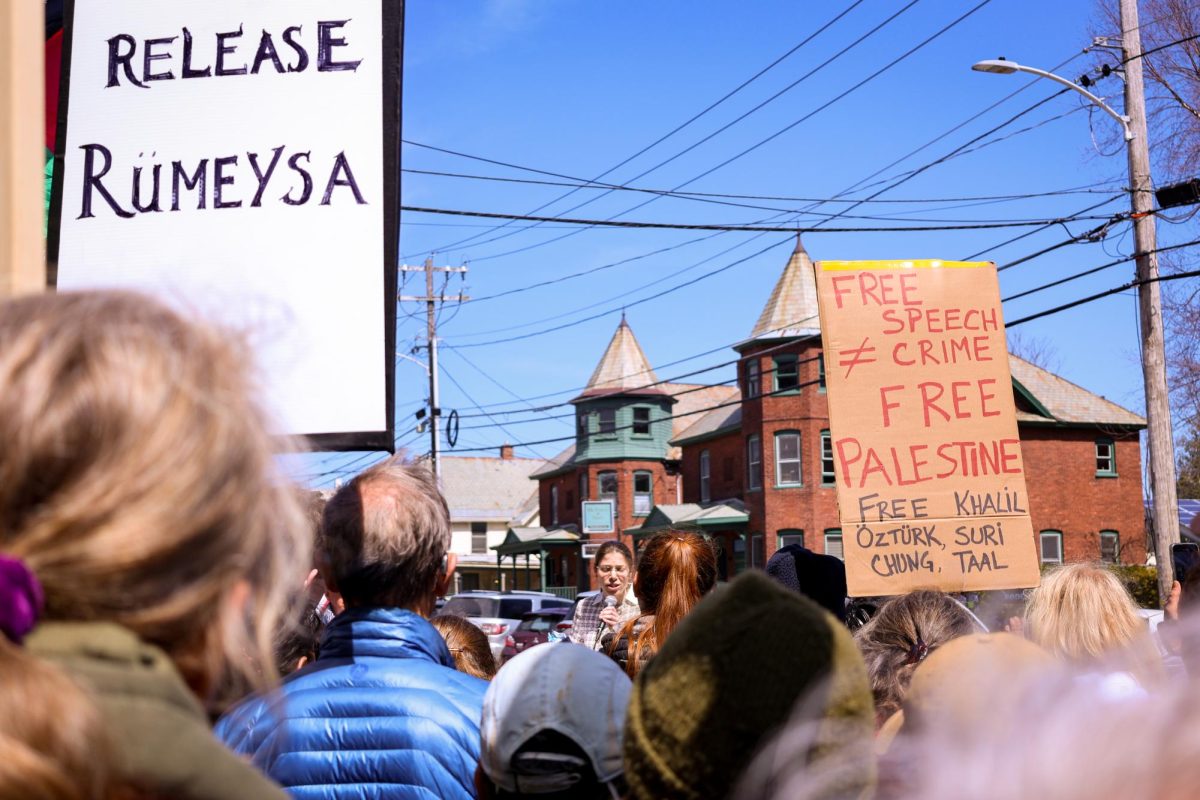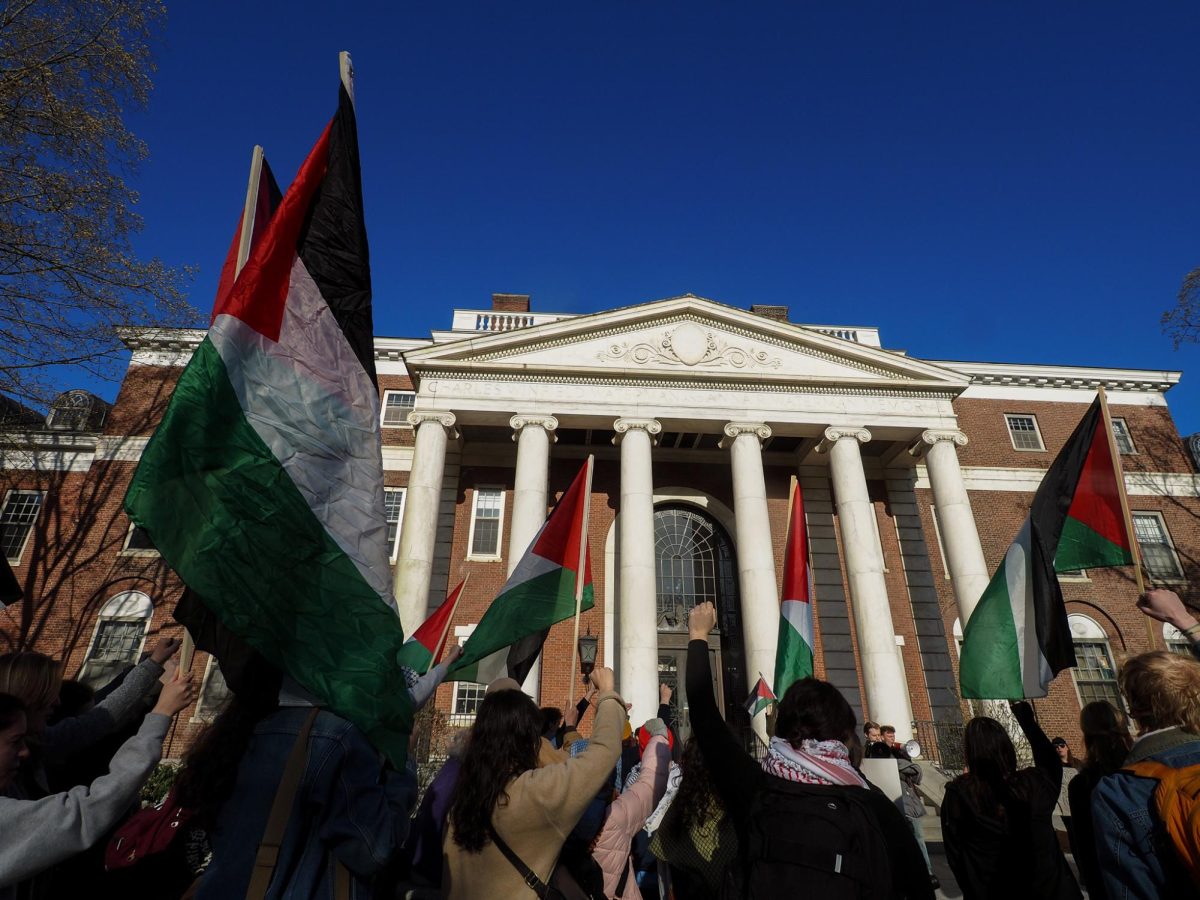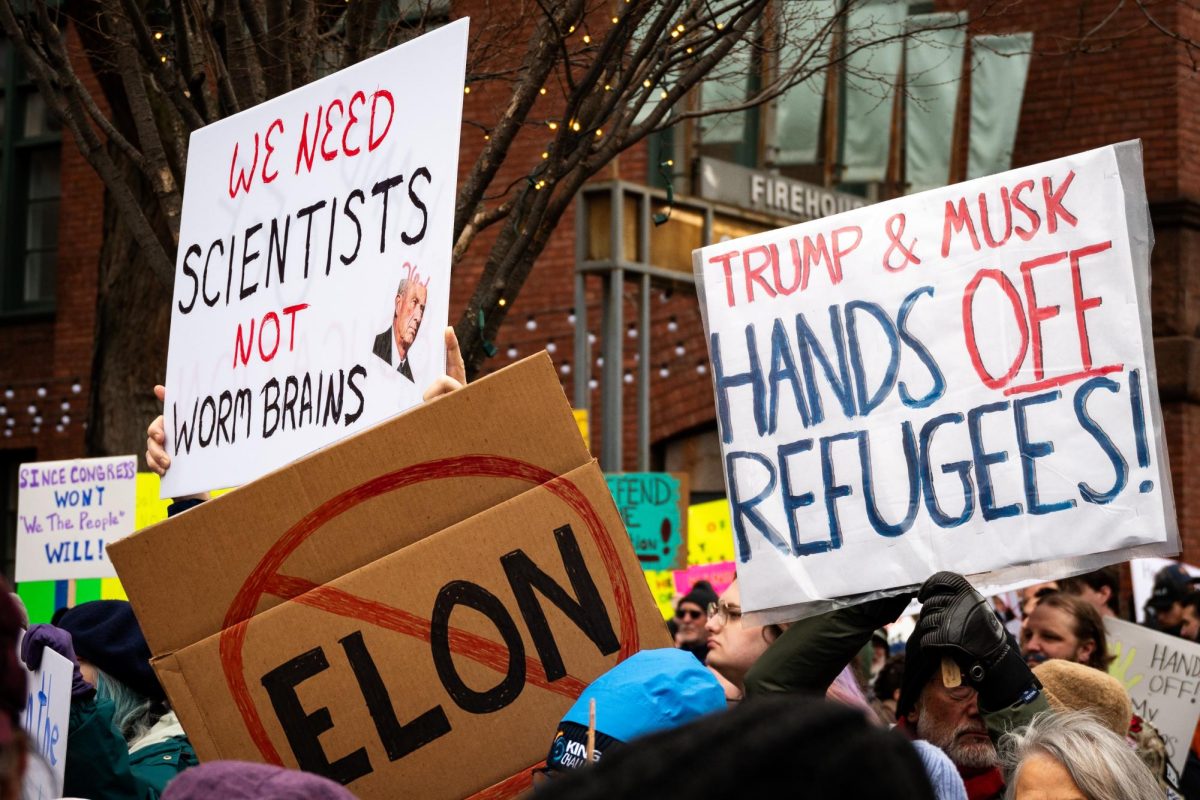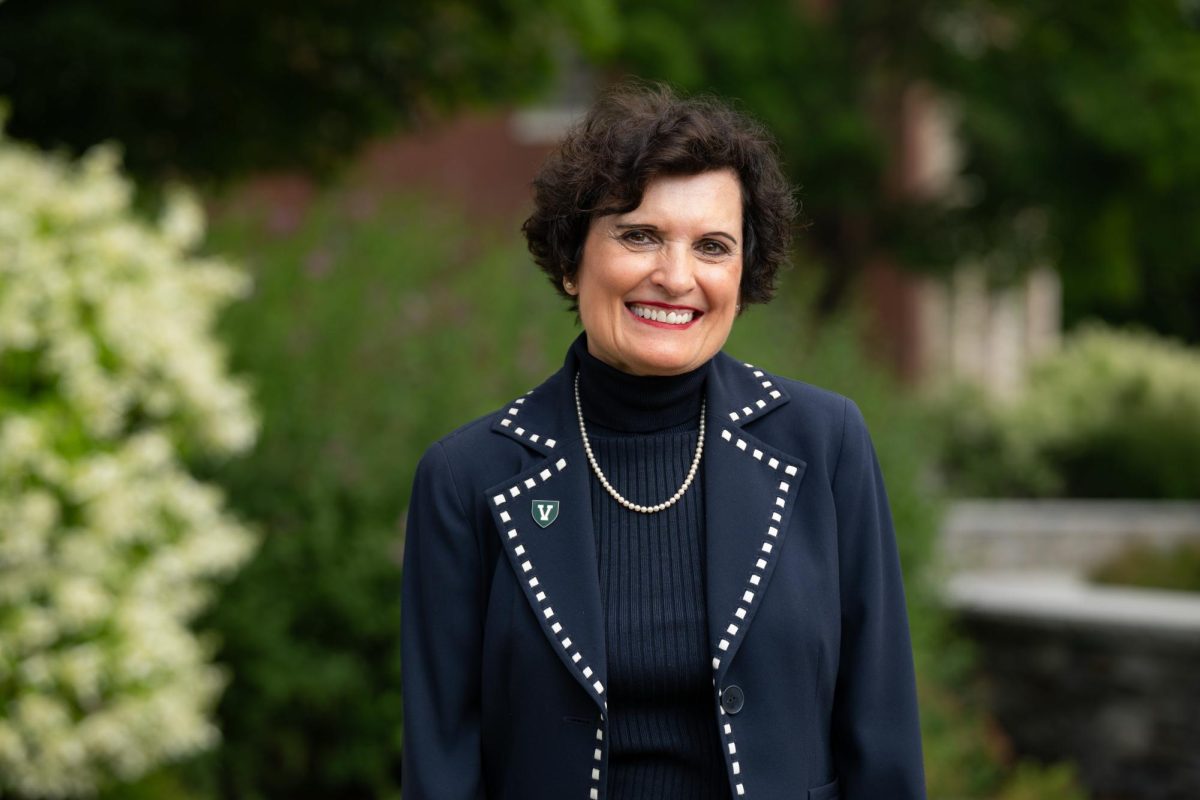1777 Vermont outlaws slavery in its constitution.1800?s During the early 1800?s, Vermont played a vital role in the Underground Railroad by helping escaped slaves make their way to freedom. Escaped slaves traveled through Vermont to Canada via two “trunks” of the Underground Railroad. Montpelier was the most active station on the loosely organized, secret network of people, but Burlington had the largest number of identified conductors on the railroad.1933 April 1 Vermont Governor Stanley Wilson signed into law “An Act for Human Betterment by Voluntary Sterilization” seeking to control the population of the “feeble- minded.” “Henceforth it shall be the policy of the state to prevent procreation of idiots, imbeciles, feeble-minded or insane persons,” the law read, in part. Passage of the Vermont bill was dependent upon the support of, among others, U.S. District Court Judge Harland B. Howe, and Henry Perkins, a professor of zoology at the University of Vermont. Perkins was the first director of the Fleming Museum (1931-1945), and the founder in 1925 of the Eugenics Survey of Vermont. The thrust of eugenics, named by Charles Darwin?s cousin Francis Galton, was to “improve” and manipulate the human gene pool by weeding out those deemed undesirable. “Eugenics is the study of agencies under social control that may improve or impair the racial qualities of future generations either physically or mentally,” Galton wrote. 1984 Spring The faculty senate pledged agreement with affirmative action and diversity. It also requested the administration to impose sanctions on deans, chairpersons, and search committees that failed to recruit minority and women faculty members. One outcome of the faculty deliberations was the Minority Incentives Program to subsidize departmental searches for minority faculty, providing up to $20,000 for advertising, travel, and other associated costs. While welcoming such a program, detractors call it tokenism. Professor Laura Fishman: “Notice, they are visiting scholars, blacks coming and going, but not staying.”1987 October The UVM Record headline reads: “Intense drive vowed to attract minorities to UVM community.” President Lattie Coor in his remarks to the Faculty Senate on September 16, 1987 stated, “It is not acceptable not to have greater diversity within the ranks. We will commit financial support and enhance programs. We will not (merely) throw money at the problems, but will find the resources.”1988 20 March — UVM Coalition Forms Citing similar difficulties in dealing with the UVM administration, representatives and members of six UVM minority and women?s rights groups have come together in an unprecedented coalition effort. The participants in two recent meetings feel that ethnic minorities, women, and others excluded from the mainstream of University life need to form a “united front” to demand reforms from the UVM administration. The as-yet-unnamed coalition seeks to draw together the member?s of oppressed people?s groups including the Asian-American Student Union (AASU), the Black Student Union (BSU), the Cultural Connection, the Disabled Student Union (DSU), the Gay, Lesbian and Bisexual Alliance (GLBA), and the Women?s Organization and Resource Center (WORK).1988 17 April Waterman Takeover Students occupy UVM administration building demanding commitment to a larger minority presence on campus.1988 22 AprilWaterman Agreement Signed Protest ends with President Lattie Coor?s agreeing to a timeline for hiring minority faculty and recruiting more minority students.1988-89 Race & Culture Class developed, implemented on a limited basis1989 27 December UVM President Lattie Coor resigns1990 14 July George Davis appointed UVM President.1990 Fall Davis refuses to sign Waterman agreement, agrees to sign alternative plan.1991 January President Davis announces he will not sign alternative plan.1990-91 Academic Year Increased incidents of racial tensions on campus.1991 22 AprilSecond Waterman Takeover Twenty-two students take over the president?s office in the University of Vermont?s Waterman Building and issue 18 demands for greater racial awareness and presence on campus. Hundreds of students gather in support. A personal perspective offered in an essay written by eight of the students who occupied the president?s office in May 1991: Karl Jagbanhandsingh, Christiana Keith, David Kim, John Kusakabe, Lynn Pono, Lisa Razo, Allen Urgent, and Josh Mitsuo Weiner.April 23 UVM President George Davis climbs a ladder to his office several times to talk to the occupying students. He delays deadlines for the students to take down barricades.April 24 Davis announces force will not be used to end the occupation and he will not negotiate during the occupation.April 25 Hunger strike beginsMay 3 Hunger strike endsMay 9 Davis says “the nature of the occupation” of his offices has changed and announces he can no longer rule out the use of force.May 10 Student supporters of the protesters begin construction of Diversity University — a collection of tents and shanties the group says will be the site of alternative education courses to make up for UVM?s lack of cultural diversity. May 12 A pre-dawn raid by 56 police officers results in the arrest of eight students and one faculty member in Davis? office. Eleven more are arrested outside the Waterman Buidling.1991 14 May Four UVM shuttlebuses destroyed by fire.1991 SummerClasses held in Diversity University Internal trials of seventeen students held, resulting in fines & probation, with questions as to validity of hearings, two of the students expelled, academic reasons. Diversity University students say they are maintaining 24-hour security watches over their “campus” because of threats.1991 16 June New UVM Provost Dalmas Taylor meets with Diversity University students. Davis has said Taylor, who is black, was offered the job as UVM?s No. 2 academic official before the takeover of his offices.1991 04 August Citing the threats and a concern for the safety of students, Davis announces curfew at Diversity University structure between 12 am – 6 am.1991 18 August Vandals level Diversity University. The shacks are rebuilt a day later, with UVM?s help. Eventually, a sizeable and relatively conventional building is constructed.1991 19 August Diversity University rebuilt, twenty-four hour watch arranged by students.1991 05 September With tensions on campus still running high over the issue of cultural diversity, the administration has taken steps to smooth race relations on campus. A Board of Trustees resolution has established a new program that combines both an executive committee and forums open to the entire UVM community. It is their hope that this proposal will help in attaining common diversity objectives.
Categories:
The University of Vermont: A History of Supporting Diversity Through 1991
April 28, 2003
0
More to Discover


